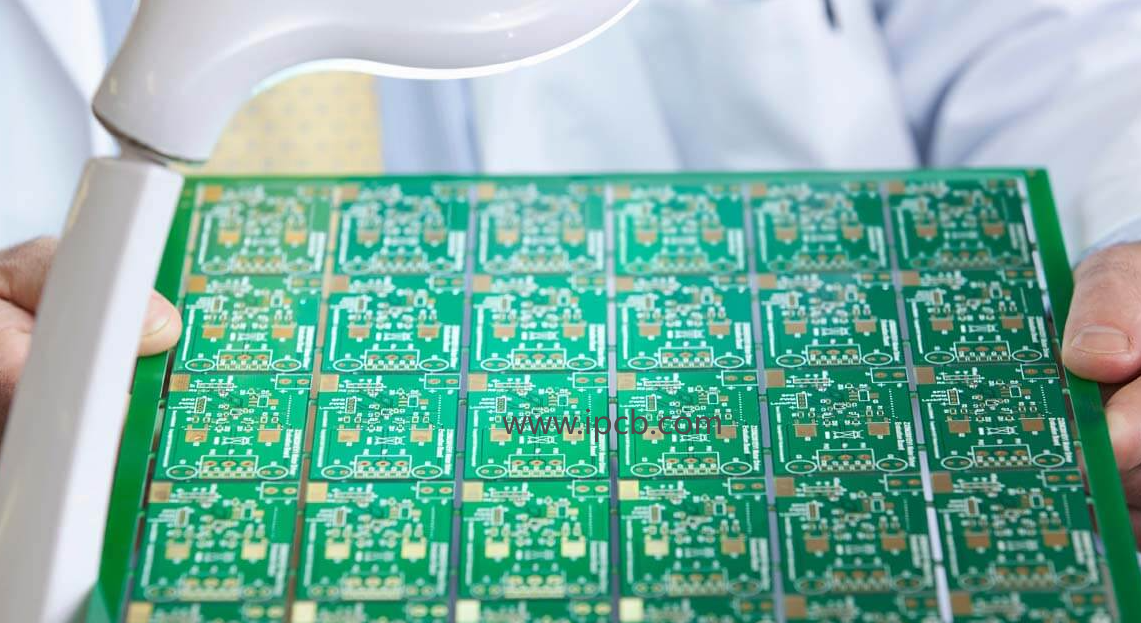- 24
- Apr
Tackling PCB Warpage: Six Proven Strategies for Reliable Electronics
Introduction:
In the intricate world of electronic product manufacturing, Printed Circuit Boards (PCBs) serve as the backbone, facilitating the seamless integration of electronic components. However, amidst the complexity lies a common adversary: PCB warpage. This phenomenon, characterized by bending or twisting of the PCB, can significantly jeopardize the reliability and performance of electronic devices. Fear not, for we’ve curated a comprehensive guide to mitigate this challenge effectively.

- Humid Environment:
- Cause: PCBs exposed to high humidity absorb moisture, leading to warping.
- Solution: Maintain a humidity level between 40% and 60% RH in storage environments. Employ moisture-proof cabinets or sealed bags for PCB storage. Additionally, elevate PCBs above ground level using racks or pallets to minimize moisture absorption.
- Improper Placement:
- Cause: Vertical placement or stacking heavy objects on PCBs induces deformation.
- Solution: Always place PCBs horizontally on flat surfaces. Avoid stacking heavy objects on them and disperse PCB placement to reduce concentrated pressure. Utilize supports or spacers to prevent damage to PCB edges.
- Unreasonable PCB Design:
- Cause: Structural imbalances or excessive component concentration in PCB designs.
- Solution: Prioritize graphic symmetry, balanced circuit layouts, and robust component placement. Incorporate support structures and conduct simulations to ensure overall structural integrity.
- Improper Processing Technology:
- Cause: Incorrect processing parameters or thermal stress during manufacturing.
- Solution: Establish standardized processing parameters tailored to different PCB materials. Minimize thermal shock, maintain uniform temperature distribution, and provide comprehensive training for processing operators.
- Multiple Heat and Chemical Exposures:
- Cause: Repeated exposure to heat and chemicals during the manufacturing process.
- Solution: Optimize process flows, control temperatures, and reduce excessive heat and chemical treatments. Implement stringent quality control measures to monitor process parameters effectively.
- Furnace Temperature:
- Cause: Uneven thermal expansion due to high solder temperatures.
- Solution: Reduce panel size and number to minimize weight-induced deformation. Utilize oven pallet jigs made of high-temperature resistant materials or consider double-layer pallet fixtures for enhanced stability during reflow oven processes.
By implementing these six strategies, you can effectively combat PCB warpage and ensure the reliability and longevity of your electronic products. Remember, proactive measures during design, manufacturing, and storage are paramount in maintaining the integrity of PCBs. Let’s empower ourselves with knowledge and best practices to conquer the challenges of PCB warpage and usher in a new era of resilient electronics.
